Home>diy>Architecture & Design>How To Know What Style House Design You Like
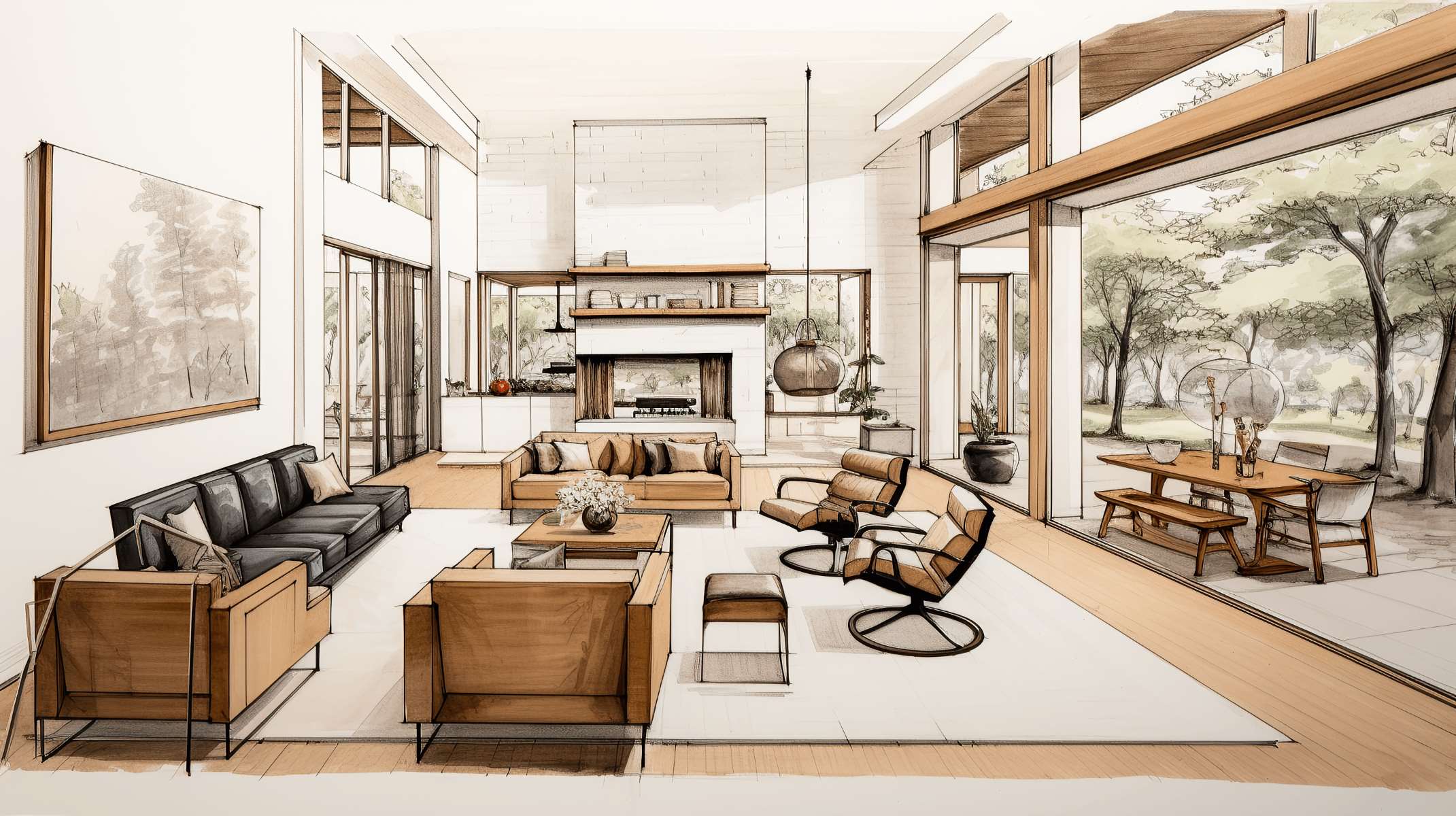

Architecture & Design
How To Know What Style House Design You Like
Modified: January 9, 2024
Discover your preferred architecture design style with our helpful guide on how to identify and choose the perfect house design that reflects your taste and personality.
(Many of the links in this article redirect to a specific reviewed product. Your purchase of these products through affiliate links helps to generate commission for Storables.com, at no extra cost. Learn more)
Introduction
When it comes to designing your dream home, one of the first decisions you’ll need to make is the style of the house. The style you choose will set the tone for your entire living space, influencing everything from the architectural elements to the interior design. But with so many options out there, it can be overwhelming to navigate through the various house design styles.
This article aims to simplify the process by providing an overview of some of the most popular house design styles. By understanding the characteristics and features of each style, you can gain insight into what resonates with your personal taste and preferences.
In the sections below, we’ll explore a range of house design styles, including traditional, modern, contemporary, mid-century modern, craftsman, Mediterranean, colonial, Victorian, farmhouse, and cottage designs. So, let’s dive in and discover the diverse world of house design styles!
Key Takeaways:
- Discovering your preferred house design style involves understanding traditional, modern, and contemporary categories. Consider factors like personal taste, lifestyle needs, and consulting with experts to create your dream home.
- From the timeless elegance of traditional designs to the sleek simplicity of modern architecture, each house design style offers unique characteristics to cater to diverse preferences and lifestyles. Explore, envision, and create a space that truly feels like home.
Read more: What Interior Design Style Do I Like
Understanding Different House Design Styles
Before diving into the specifics of each house design style, it’s important to have a basic understanding of the different categories that exist. House design styles can be broadly classified into traditional, modern, and contemporary.
Traditional styles, as the name suggests, draw inspiration from historical architectural designs. They embrace classic design elements and often feature intricate details and ornate decorations. Traditional styles can vary based on specific influences such as Victorian, Colonial, or Mediterranean.
Modern styles, on the other hand, prioritize simplicity, clean lines, and minimalism. They often feature open spaces, large windows, and a focus on functionality. Modern designs embrace technology and incorporate materials like glass, metal, and concrete.
Contemporary styles are often confused with modern styles, but they have distinct differences. While modern design refers to a specific time period, contemporary design refers to current trends. Contemporary styles can incorporate elements from various design periods and are characterized by a mix of textures, materials, and shapes.
Now that we have a basic understanding of the different categories, let’s dive deeper into specific house design styles to help you identify which one resonates with your vision.
Traditional House Design
Traditional house design styles encompass a wide range of architectural influences, including Victorian, Colonial, Mediterranean, and more. These styles are known for their timeless elegance and emphasis on symmetry, ornamental details, and rich colors.
Victorian style houses are known for their grandeur and intricate details. They often feature steep roofs, decorative trim, ornate balconies, and multiple gables. The interiors of Victorian houses boast high ceilings, elaborate moldings, and stunning fireplaces.
Colonial style houses draw inspiration from the American colonial period and are characterized by simplicity and symmetry. They typically have a rectangular shape, a central entrance, and windows evenly spaced on either side. Colonial houses often feature columns, gabled roofs, and a traditional color palette.
Mediterranean style houses originated in the Mediterranean region and exude a warm and inviting aesthetic. These houses typically feature low-pitched roofs, stucco walls, and large arched windows and doorways. Mediterranean houses often have outdoor living spaces, such as courtyards or terraces, that allow residents to enjoy the surrounding natural beauty.
Traditional house design styles prioritize classic charm and attention to detail. They offer a sense of elegance and timelessness, making them a popular choice for those seeking a refined and sophisticated living space.
Modern House Design
Modern house design, also known as contemporary design, embraces clean lines, simplicity, and a focus on functionality. This style emerged in the early 20th century and remains popular today for its sleek and minimalistic approach.
Modern houses often feature open floor plans, creating a sense of spaciousness and fluidity between rooms. Large windows are a common feature, allowing ample natural light to fill the space and blurring the lines between indoor and outdoor living.
The materials used in modern house design can vary, but they often include concrete, glass, and metal. These materials add a touch of industrial sophistication to the overall aesthetic. Additionally, modern houses may incorporate sustainable and energy-efficient features, such as solar panels and eco-friendly insulation, embracing a more environmentally conscious approach to design.
Inside the home, modern design emphasizes minimalism and simplicity. Furniture pieces are often sleek and angular, with clean lines and a lack of ornamental details. Neutral color palettes are commonly used, with pops of bold colors to add visual interest.
Overall, modern house design creates a sense of unity and harmony through its clean lines, emphasis on natural light, and thoughtful use of materials. It offers a contemporary and sophisticated living space that is perfect for those who appreciate sleek and minimalist aesthetics.
Contemporary House Design
Contemporary house design is often confused with modern design, but it has its own distinct characteristics. While modern design refers to a specific time period, contemporary design reflects current trends and incorporates a mix of styles, materials, and textures.
Contemporary houses are known for their flexibility and adaptability, allowing homeowners to personalize their space according to their preferences. These designs often feature open floor plans with fluid transitions between living spaces, blurring the lines between rooms.
Contemporary houses embrace a wide range of materials, combining traditional elements with more modern finishes. Wood, metal, glass, and concrete are often used in combination to create visually interesting and eclectic exteriors. Large windows and expansive glass facades are common, allowing for plenty of natural light and a seamless connection with the outdoors.
The interior of a contemporary house can vary greatly, as it draws inspiration from multiple design styles and trends. However, contemporary designs typically prioritize simplicity, clean lines, and a neutral color palette. Furniture pieces may feature bold shapes and unique designs, while accessories and artwork add a touch of personality to the space.
Contemporary house design embodies the spirit of the present and reflects the evolving tastes and preferences of homeowners. It offers a versatile and adaptable living space for those who appreciate a mix of styles and want to create a unique and personalized home.
Mid-Century Modern House Design
Mid-century modern house design emerged in the mid-20th century, particularly during the 1940s and 1950s, and remains a popular style today. It is often characterized by its sleek lines, organic forms, and integration with nature.
Mid-century modern houses typically feature open floor plans that create a sense of spaciousness and flow. They often include large windows and glass walls, allowing for abundant natural light and a seamless connection between indoor and outdoor spaces.
The design elements of mid-century modern houses focus on simplicity and functionality. Clean lines, geometric shapes, and minimal ornamentation are key features. The use of natural materials, such as wood and stone, adds warmth and organic appeal to the space.
Inside the home, mid-century modern design emphasizes a harmonious blend of form and function. Furniture pieces feature sleek designs with minimalistic details and iconic mid-century modern designs such as the Eames Lounge Chair or the Barcelona Chair. The color palette ranges from neutral tones to vibrant and bold hues, reflecting the spirit of the era.
Mid-century modern houses are known for their integration with the natural environment. They often incorporate outdoor living spaces, such as courtyards or terraces, that allow residents to enjoy the surrounding landscape. Additionally, large windows and strategic placement of skylights bring in natural light and provide views of the outdoors.
Mid-century modern house design represents a nostalgic and timeless aesthetic that continues to inspire architects and homeowners alike. Its clean lines, organic forms, and seamless integration with nature create a sense of harmony and tranquility in the living space.
Craftsman House Design
Craftsman house design, also known as Arts and Crafts style, originated in the late 19th century and gained popularity in the early 20th century. This architectural style emphasizes craftsmanship, natural materials, and a connection to the surrounding environment.
Craftsman houses are known for their low-pitched rooflines, wide eaves with exposed rafters, and prominent front porches with tapered columns or pedestals. They often feature a combination of natural materials such as wood, stone, and brick, giving them a warm and inviting appearance.
One of the defining characteristics of Craftsman houses is the attention to detail and handcrafted elements. Exquisite woodwork, including built-in cabinetry, trim, and hand-carved embellishments, is a common feature of the interior. The use of earthy colors, such as brown, green, and ochre, further enhances the cozy and welcoming feel of the space.
Inside the home, Craftsman design embraces an open and functional layout. Rooms often flow into one another, creating a sense of continuity. The emphasis is on craftsmanship and natural materials, with furniture pieces showcasing simple yet elegant designs.
Craftsman houses also prioritize a connection to the outdoors. Large windows and glass doors provide ample natural light and views of the surrounding landscape. Additionally, covered porches, pergolas, or terraces encourage outdoor living and allow residents to enjoy the beauty of nature.
Craftsman house design offers a timeless and enduring appeal with its emphasis on craftsmanship, natural materials, and integration with the environment. It creates a warm and welcoming atmosphere, making it an excellent choice for those who appreciate artisanal details and a connection to nature.
Explore different architectural styles by visiting open houses, browsing design magazines, and using online resources. Take note of elements that resonate with you, such as materials, layouts, and overall aesthetic. This will help you identify your preferred house design style.
Mediterranean House Design
Mediterranean house design draws inspiration from the architectural styles of countries along the Mediterranean Sea, such as Spain, Italy, and Greece. This style is characterized by a fusion of influences, including Spanish, Moorish, and Tuscan designs, resulting in a warm and inviting aesthetic.
Mediterranean houses feature stucco or plaster exteriors, often in earthy tones like beige, terracotta, or creamy white. The roofs are typically red clay tiles or terracotta, adding to the Mediterranean charm. Arched windows and doorways are a common feature, sometimes accented with decorative wrought iron or wooden shutters.
One of the key elements of Mediterranean house design is the emphasis on outdoor living. These houses often have spacious and inviting outdoor areas, such as courtyards, terraces, or verandas. These spaces are perfect for enjoying the Mediterranean climate and lifestyle, whether it’s dining al fresco or simply relaxing with a book.
Inside, Mediterranean houses often feature open and airy floor plans that allow for a seamless flow between rooms. The interior design incorporates natural materials like stone and wood, creating a warm and rustic atmosphere. Rich textures, such as mosaic tiles and exposed wooden beams, add character and charm to the space.
Mediterranean house design also embraces decorative details such as colorful ceramic tiles, intricate patterns, and ornamental accents. This style often includes features like arches, vaulted ceilings, and decorative columns that evoke a sense of timeless elegance.
The color palette used in Mediterranean house design is inspired by the natural surroundings. Earthy tones like warm yellows, deep blues, and muted greens are commonly found on walls and accent pieces. This color scheme promotes a sense of serenity and reflects the coastal landscapes of the Mediterranean.
Mediterranean house design offers a warm and inviting ambiance that evokes a sense of relaxation and vacation. It is a popular choice for those seeking a timeless and charming home that celebrates the beauty of the Mediterranean region.
Colonial House Design
Colonial house design takes inspiration from the architectural styles that emerged during the American colonial period, which spanned from the late 1600s to the mid-1800s. This style is characterized by its symmetry, simplicity, and classic charm.
Colonial houses typically have a rectangular shape and a central entrance, with windows evenly spaced on either side. The façade is usually made of brick, wood, or a combination of both. Many colonial houses feature a prominent front porch supported by columns or pilasters, adding to their elegance and curb appeal.
One of the key features of colonial design is its balanced and symmetrical layout. The front door is often flanked by an equal number of windows on either side, creating a pleasing visual symmetry. The use of double-hung windows with multiple small panes adds to the historical charm of these houses.
Inside, colonial houses often have a formal layout with rooms that flow into each other. The interior design showcases classic and traditional elements, such as crown moldings, wainscoting, and decorative fireplaces. The color palette is typically muted and earthy, reflecting the simplicity and elegance of the colonial era.
Colonial houses often feature steep roofs with gables and dormer windows, adding to their architectural appeal. The roof is typically covered with slate or cedar shingles, further enhancing the traditional and timeless aesthetic.
While colonial house design is rooted in history, it can be adapted and modified to suit modern lifestyles. Many homeowners choose to incorporate modern amenities and open floor plans while still preserving the classic charm of colonial architecture.
Colonial house design offers a sense of tradition, symmetry, and classic beauty. It is a popular choice for those who appreciate the historical significance and timeless elegance of this architectural style.
Read more: What To Know About Building A House
Victorian House Design
Victorian house design is named after the reign of Queen Victoria in England, which lasted from 1837 to 1901. This architectural style is known for its grandeur, ornate details, and eclectic mix of design influences.
Victorian houses are characterized by their elaborate and decorative exteriors. They often feature steep roofs with multiple gables, intricate trim, ornate balconies, and colorful facades. The use of materials such as brick, stone, and wood adds to the overall visual appeal of these houses.
One of the defining features of Victorian design is the emphasis on symmetry and asymmetry. While the overall façade is often symmetrical, Victorian houses may incorporate asymmetrical features such as projecting bay windows or towers, allowing for a unique and eye-catching appearance.
Inside the home, Victorian design embraces opulence and abundance. Rooms are often adorned with intricate moldings, ceiling medallions, and decorative wallpapers. Fireplaces are a common feature, with detailed mantels and ornate tiles serving as focal points in the rooms.
Victorian houses also often boast high ceilings, creating a sense of grandeur and spaciousness. Large windows with stained glass or intricate woodwork allow for ample natural light and add to the overall charm of the interior spaces.
The Victorian color palette is rich and vibrant. Deep, saturated hues like burgundy, emerald green, and royal blue were commonly used on the exterior and interior of these houses, adding to their dramatic and luxurious ambiance.
While Victorian houses have a distinct historical appeal, they can be adapted to suit modern lifestyles. Many homeowners today choose to incorporate modern amenities and functional updates while still preserving the intricate details and charm of Victorian architecture.
Victorian house design offers a sense of elegance, grandeur, and intricate craftsmanship. It is a popular choice for those who appreciate the ornate and lavish aesthetics of the Victorian era.
Farmhouse House Design
Farmhouse house design draws inspiration from the practical and functional architecture of traditional farmhouses. This style is known for its simplicity, charm, and connection to the rural landscape.
Farmhouse houses typically feature a rectangular or square shape with a symmetrical design. The exterior is often clad in durable and low-maintenance materials such as wood or vinyl siding. The roof is typically steeply pitched and may be covered with metal or shingles.
One of the key features of farmhouse design is the welcoming front porch. This space often spans the width of the house and is perfect for enjoying outdoor living and greeting guests. It may include a swing, rocking chairs, or other comfortable seating options.
Inside the home, farmhouse design embraces a cozy and practical layout. The focus is on functionality and gathering spaces that foster a sense of togetherness. Large kitchens and dining areas are common, as the farmhouse style is often associated with family-centric living.
The interior design of farmhouse houses often incorporates natural materials and rustic elements. Exposed wooden beams, hardwood floors, and shiplap walls add warmth and character to the space. Neutral color palettes, such as whites, grays, and earthy tones, create a calming and timeless ambiance.
Farmhouse houses also often feature large windows, allowing for ample natural light and views of the surrounding landscape. These windows create a seamless connection between the interior and the outdoors, bringing the beauty of nature inside.
While farmhouse house design is rooted in the simplicity of rural living, it can be adapted to suit modern lifestyles. Many homeowners incorporate modern amenities and open floor plans while still incorporating farmhouse-inspired elements and a comfortable, relaxed atmosphere.
Farmhouse house design offers a sense of warmth, simplicity, and a connection to nature. It is a popular choice for those who appreciate the charm and timeless appeal of traditional farmhouse architecture.
Cottage House Design
Cottage house design embodies a cozy, charming, and quaint aesthetic. This architectural style draws inspiration from traditional English cottages and rural retreats, creating a warm and inviting atmosphere.
Cottages typically have a compact and low-profile design, often with one or one-and-a-half stories. The exteriors are characterized by their combination of natural materials like stone, brick, and wood. The roofs are often steeply pitched and may be thatched or covered in shingles.
The charm of cottage design lies in its architectural details. Arched doorways, small windows with shutters, and decorative trim add character to the exterior. Cottage gardens, filled with colorful flowers, climbing vines, and picket fences, further enhance the whimsical and enchanting appeal of these homes.
Inside, cottage design embraces a cozy and intimate atmosphere. The interior spaces are often characterized by low ceilings, exposed beams, and hardwood floors. The use of natural materials, such as stone or reclaimed wood, adds a rustic touch.
Cottage houses often prioritize functionality and efficiency. The interior layout is carefully designed to maximize space and provide areas for multi-purpose use. Built-in storage, such as alcoves or window seats with hidden compartments, is a common feature in cottage design.
The color palette of cottage houses is typically light and airy, reflecting the surrounding natural environment. Soft pastel shades like light blues, pale yellows, and gentle greens create a soothing and serene ambiance. These colors, combined with natural light, contribute to the cozy and welcoming feel of the space.
While cottage house design celebrates the nostalgia of traditional country living, it can be adapted to suit modern lifestyles. Many homeowners opt to incorporate modern amenities while preserving the charming and whimsical character of cottage architecture.
Cottage house design offers a tranquil, intimate, and idyllic living space. It is a popular choice for those who appreciate the simple pleasures of a cozy home, surrounded by nature, and filled with a sense of timeless charm.
Conclusion
Choosing the right house design style is an important decision that sets the tone for your entire living space. Whether you’re drawn to the timeless elegance of traditional design, the sleek simplicity of modern architecture, or the eclectic charm of contemporary styles, there is a wide range of options to suit every taste and preference.
Traditional house design styles, such as Victorian, Colonial, Mediterranean, and Craftsman, offer a sense of history, elegance, and intricate craftsmanship. These styles prioritize classic charm, ornate details, and a connection to the past.
Modern house design emphasizes clean lines, simplicity, and functionality. It embraces open spaces, large windows, and the use of materials like concrete, glass, and metal to create a sleek and minimalistic aesthetic.
Contemporary house design reflects current trends and incorporates a mix of styles, materials, and textures. It offers versatility and adaptability, allowing homeowners to personalize their space and create a unique and eclectic living environment.
Other house design styles such as Mid-Century Modern, Mediterranean, Colonial, Victorian, Farmhouse, and Cottage each have their own distinct characteristics and appeal, catering to a variety of preferences and lifestyles.
When choosing a house design style, it’s important to consider factors such as your personal taste, lifestyle needs, and the surrounding environment. Additionally, consulting with an architect or designer can help you navigate through the various options and find a style that resonates with your vision.
Ultimately, the perfect house design style is one that reflects your personality, creates a comfortable living space, and brings joy to your everyday life. Whether you prefer the grandeur of a Victorian house, the simplicity of a modern design, or the cozy charm of a cottage, the right house design style will make your dream home a reality.
So, take the time to explore and discover the different house design styles. Consider what resonates with your taste and vision, and create a space that truly feels like home.
Frequently Asked Questions about How To Know What Style House Design You Like
Was this page helpful?
At Storables.com, we guarantee accurate and reliable information. Our content, validated by Expert Board Contributors, is crafted following stringent Editorial Policies. We're committed to providing you with well-researched, expert-backed insights for all your informational needs.

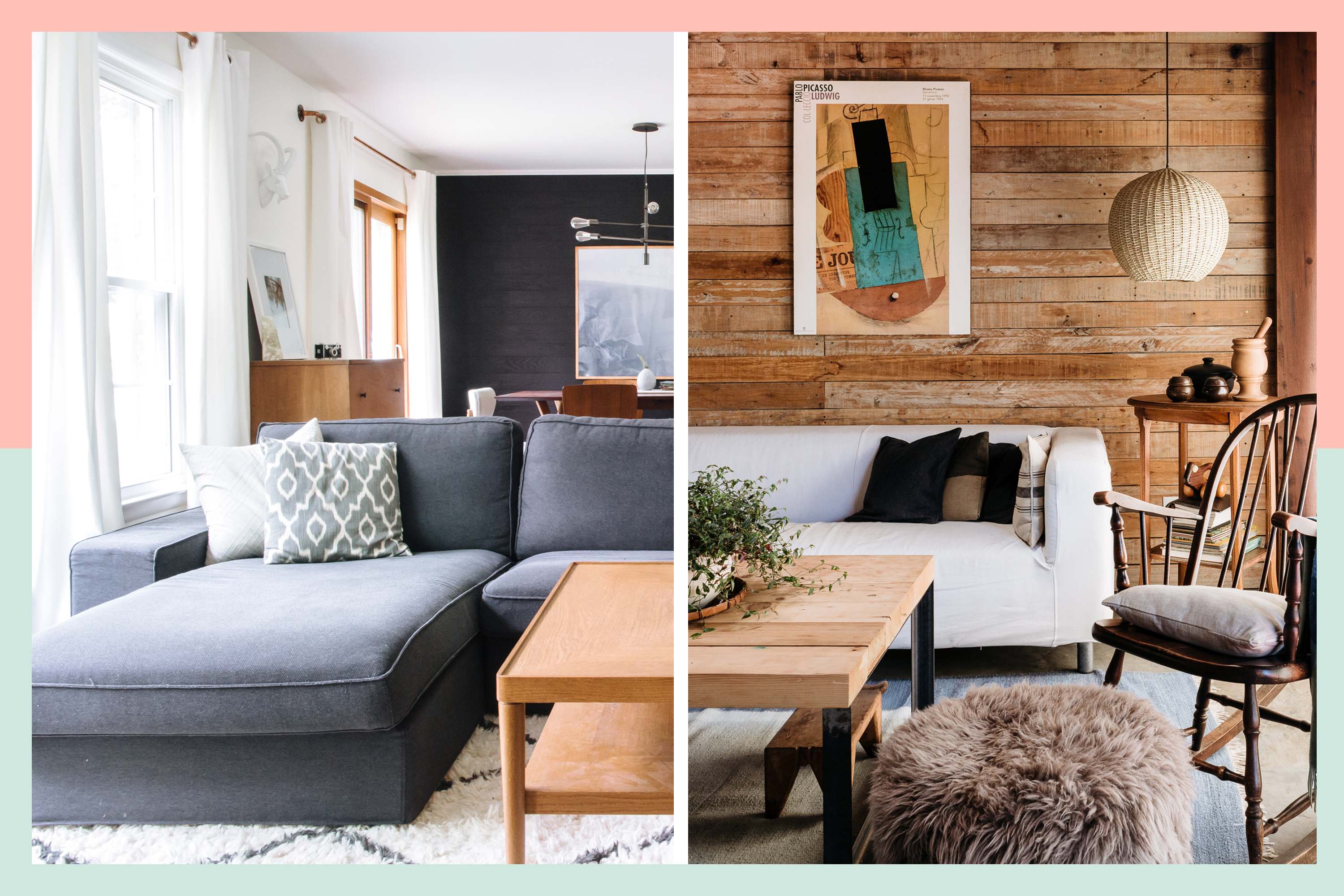
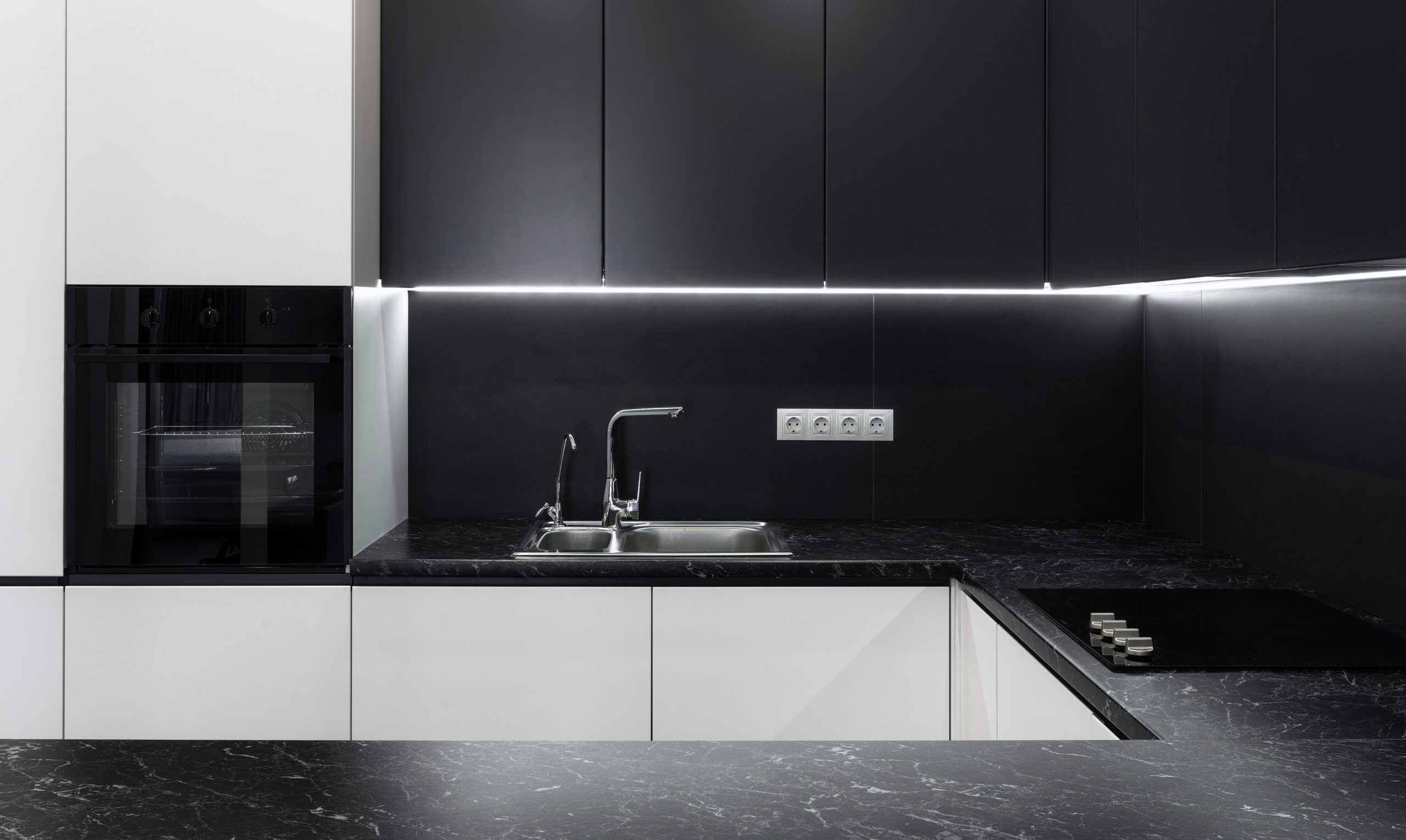
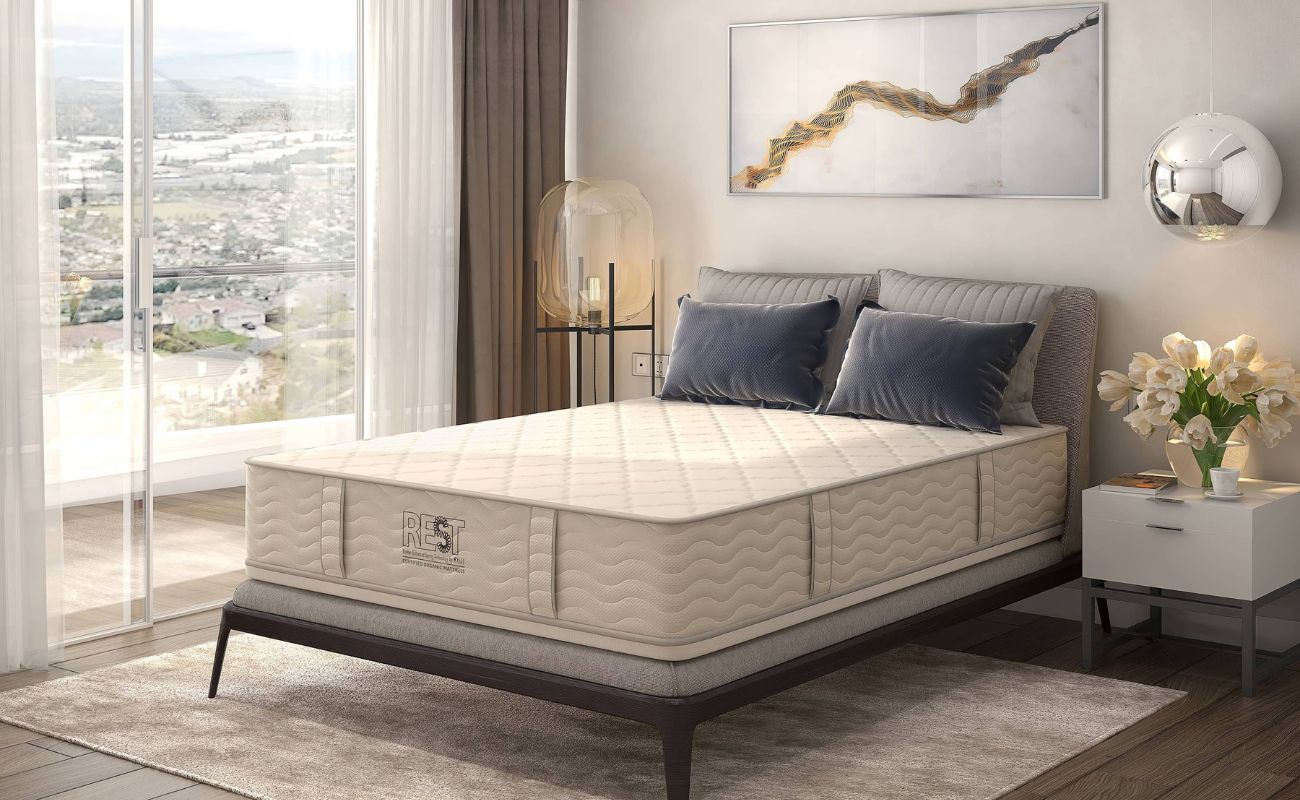
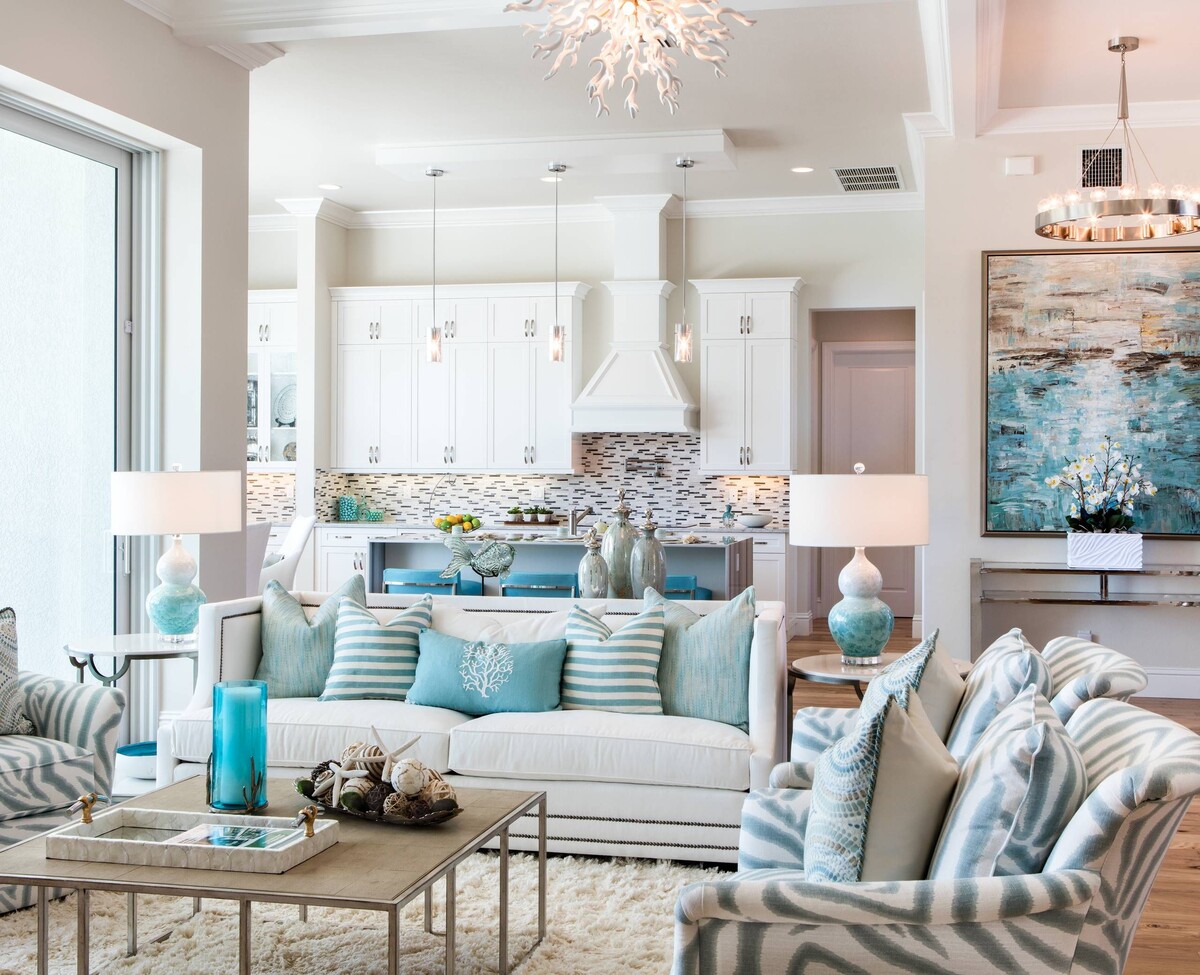
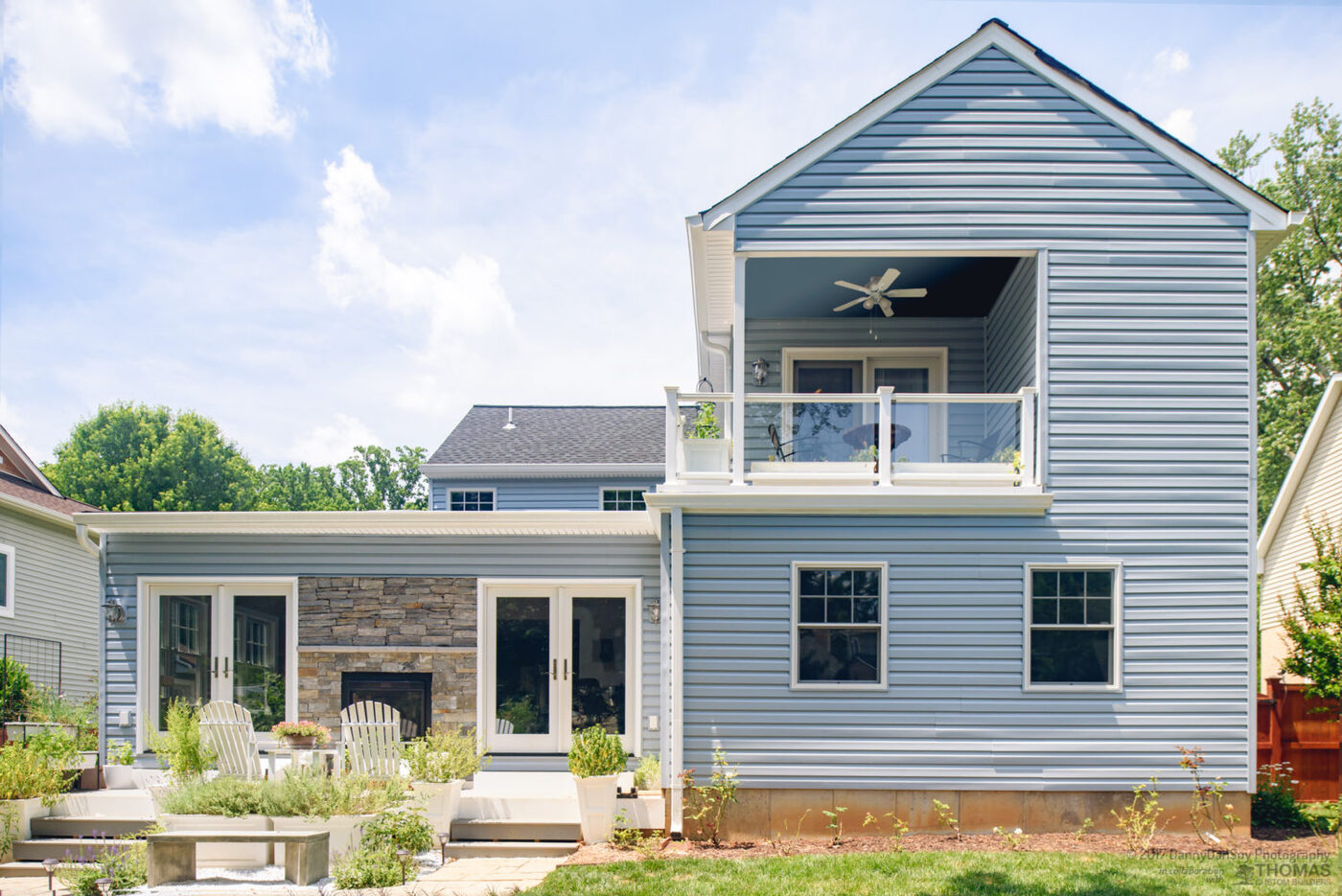
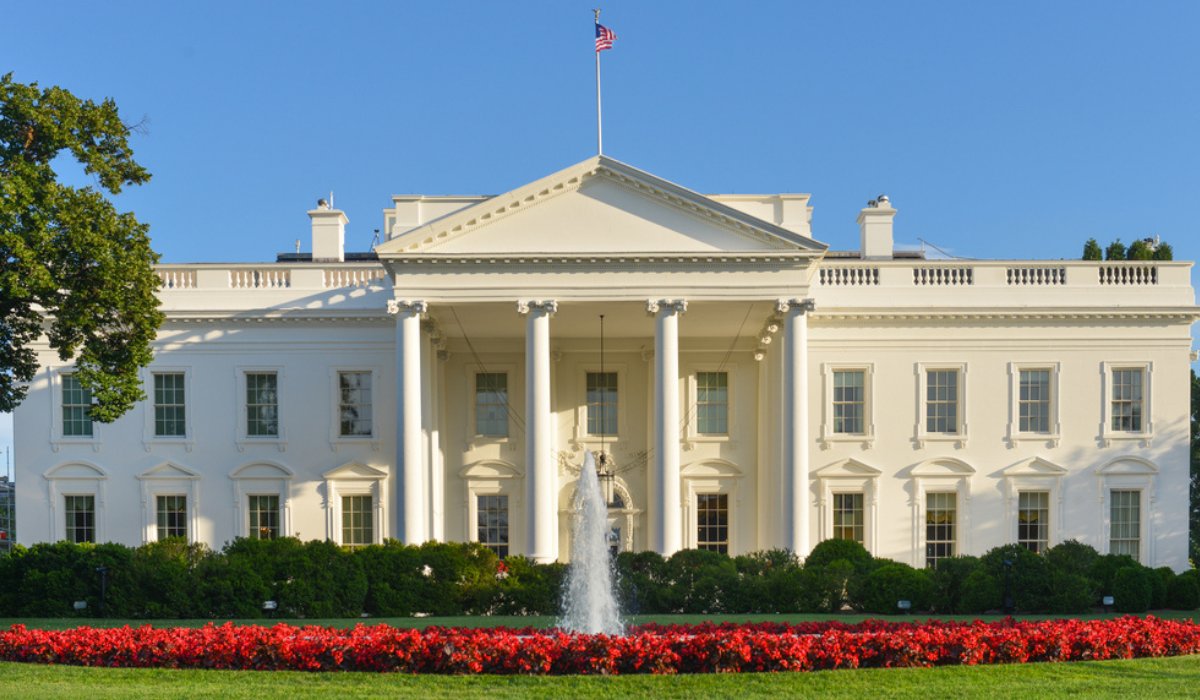
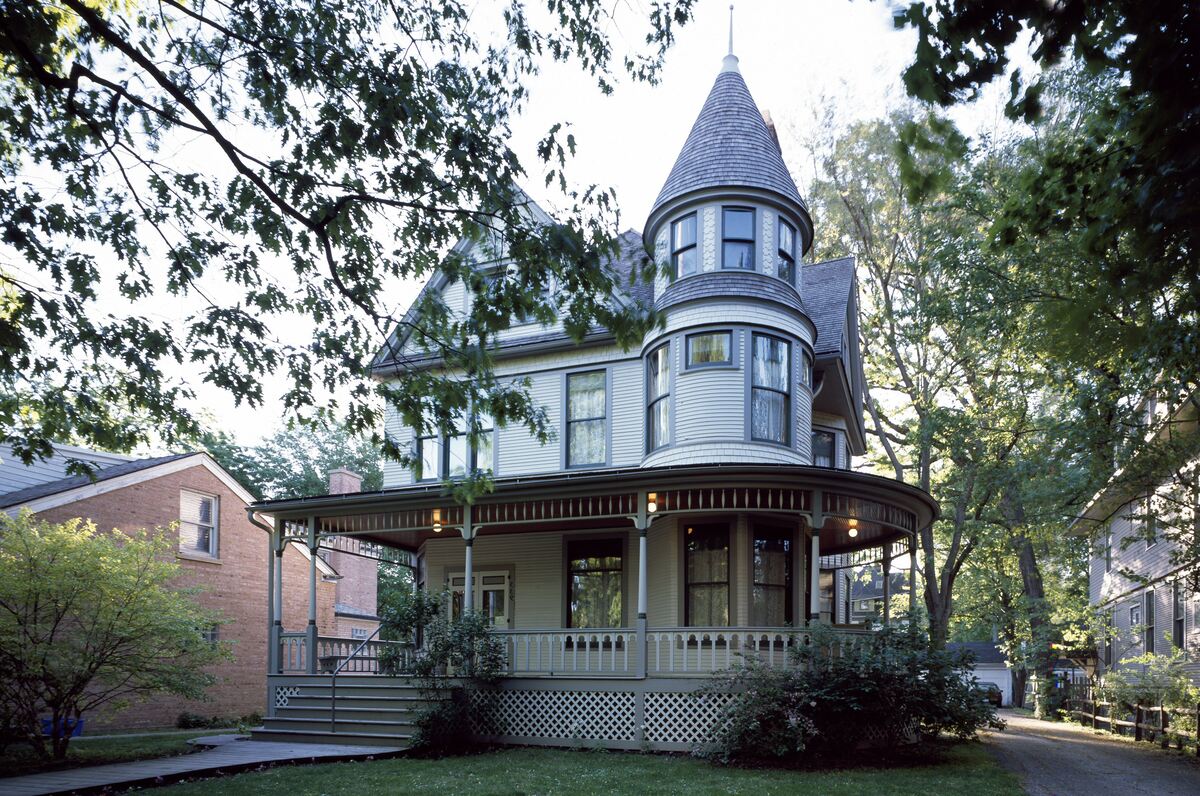

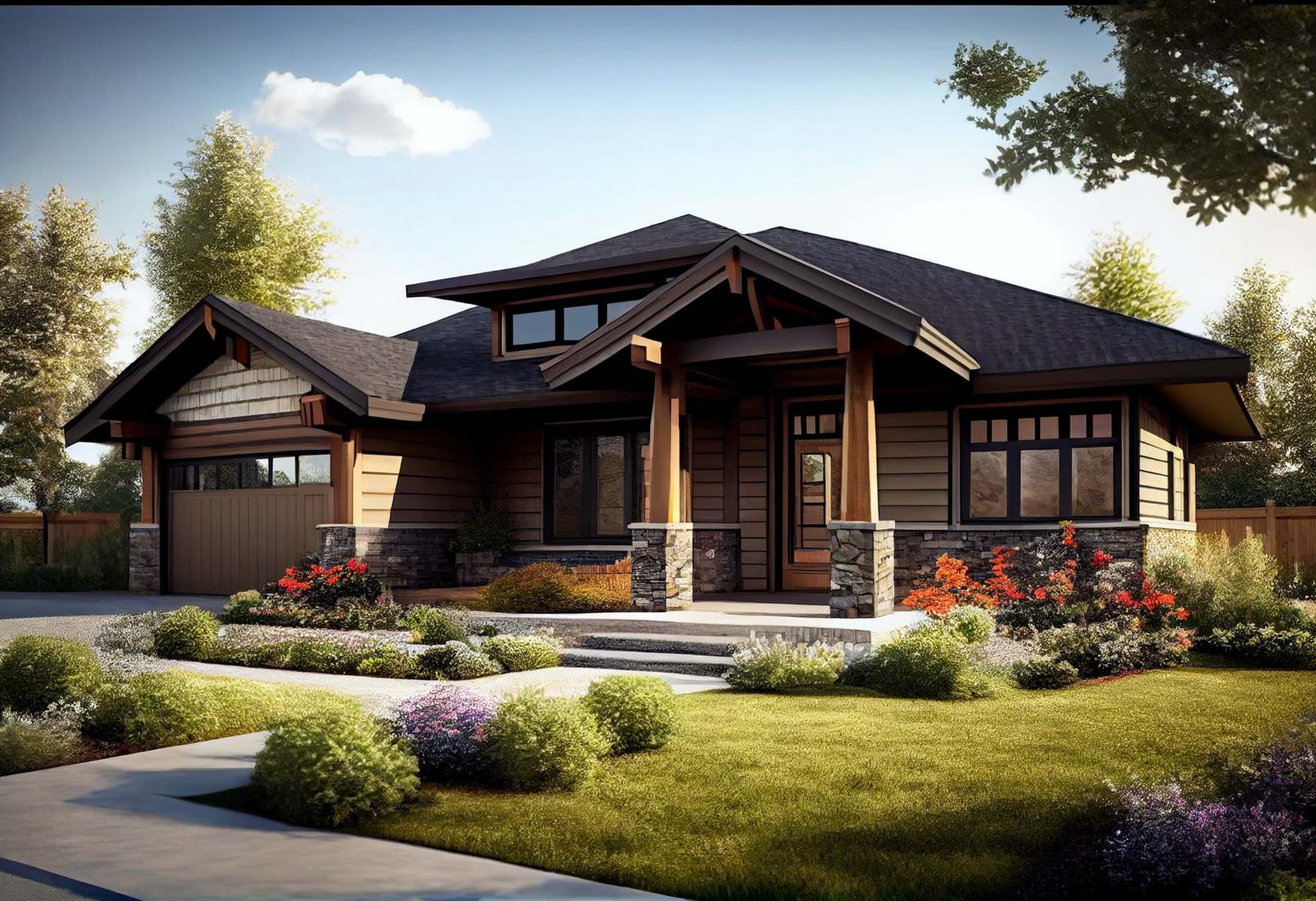
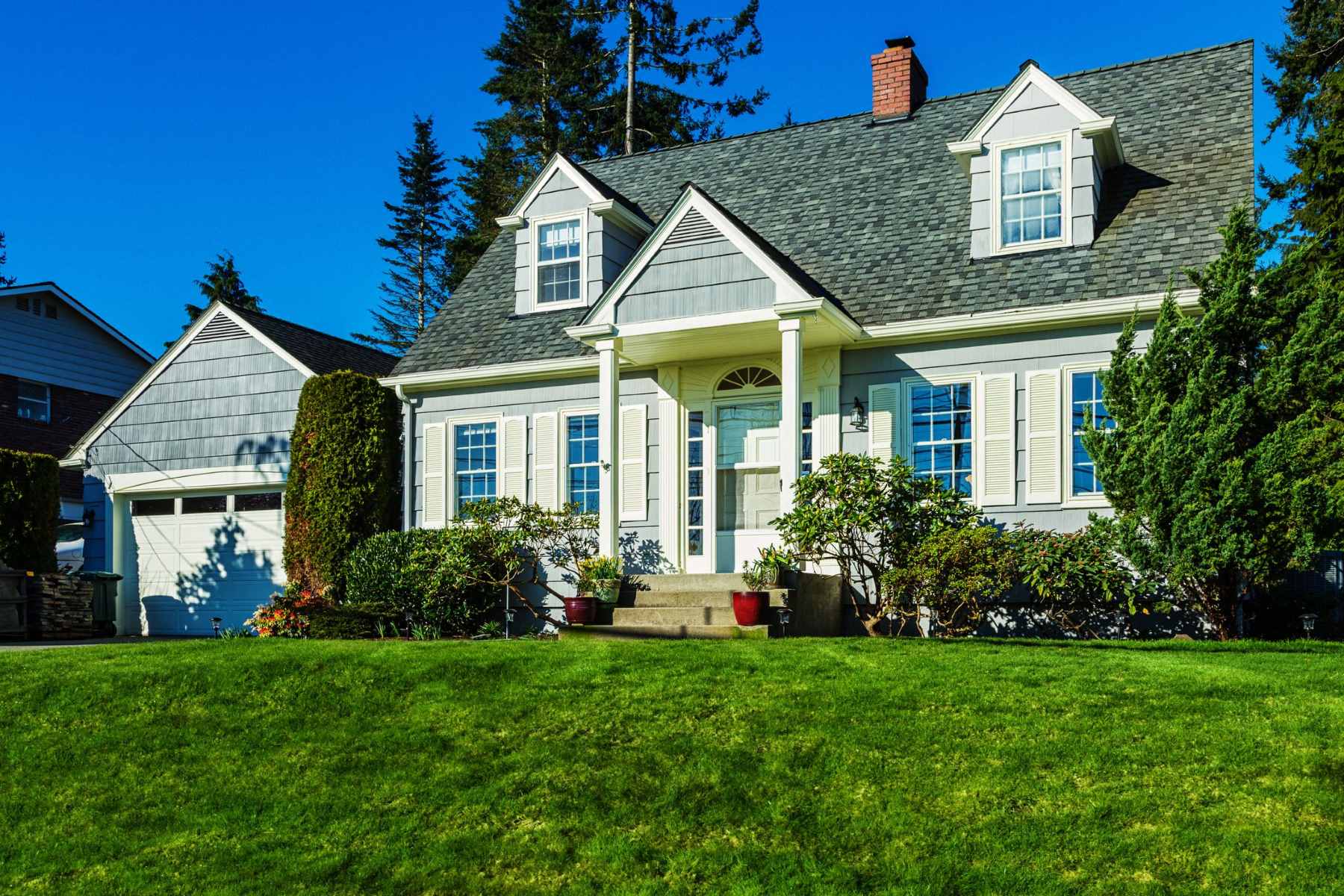

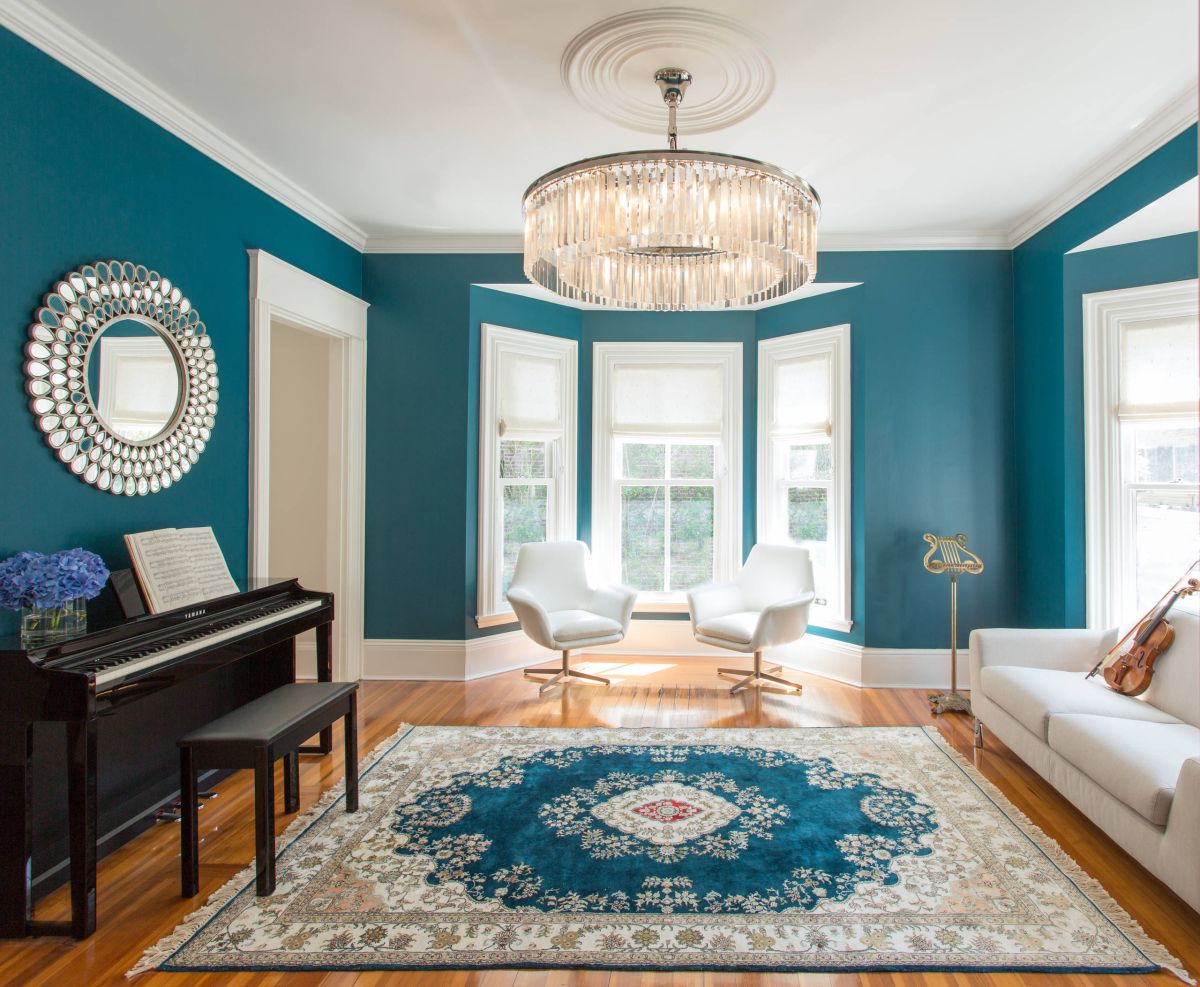

0 thoughts on “How To Know What Style House Design You Like”